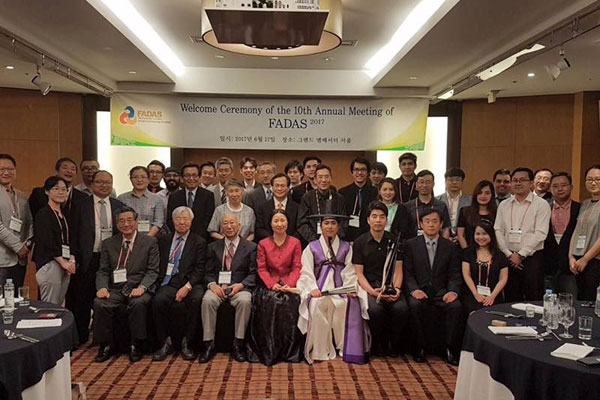Faculty of Dentistry

RailExchange
October 24, 2019
Mathematical and Computer Modelling in Animal Farming
October 24, 2019Double versus Single Cartridge of 4% Articaine Infiltration into the Retro – Molar Area for Lower Third Molar Surgery

Faculty of Dentistry, Mahidol University


Background : There are no studies regarding 4% articaine infiltration injection into the retro-molar area for an impacted lower third molar (LITM) surgery. This study aimed to evaluate the efficacy of infiltration using 1.7 ml (single cartridge: SC) of 4% articaine versus 3.4 ml (double cartridges: DC) of 4% articaine with 1:100,000 epinephrine in LITM surgery.
Method : This study involved 30 healthy patients with symmetrical LITM. The patients were assigned to receive either a DC or SC of 4% articaine with 1:100,000 epinephrine as a local anesthetic for each operation. Onset, duration, profoundness, need for additional anesthetic administration, total volume of anesthetic used, vitality of the tooth, and pain score during operation were recorded.
Results : The DC of 4 % articaine had a significantly higher success rate (83.3%) than did the SC (53.3%; P < 0.05). The duration of soft tissue anesthesia was longer in the DC group. The intra-operative pain was higher in the SC group with a significant (P < 0.05) requirement for a supplementary local anesthetic.
Conclusion : We concluded that using DC for the infiltration injection had a higher success rate, longer duration of anesthesia, less intra-operative pain, and a lower amount of additional anesthesia than SC in the surgical removal of LITM. We recommend that a DC of 4% articaine and a 1:100,000 epinephrine infiltration in the retro-molar region can be an alternative anesthetic for LITM surgery.
• The Best Poster Presentation Award at the 10th Annual meeting of the Federation of Asian Dental Anesthesiology Societies (FADAS2017) in Seoul, South Korea
Publication :
• Journal of Dental Anesthesia and Pain Medicine 2017 June; 17(2): 121-127.
[DOI : 10.17245/jdapm.2017.17.2.121]
Prof. Natthamet Wongsirichat
Faculty of Dentistry, Mahidol University
